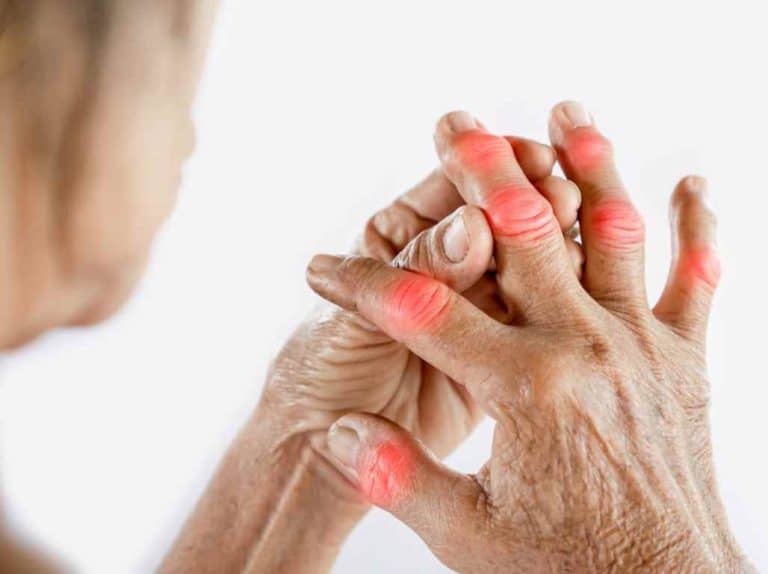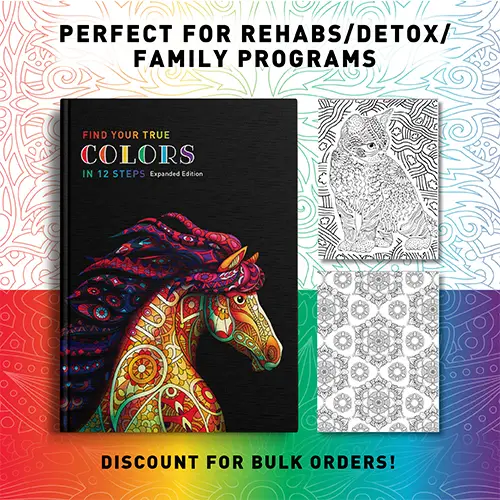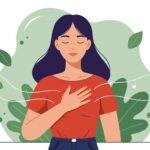Join Pain Is Distracting And Affects Quality Of Life
You don’t need to reach your senior years to suffer from joint pain. People of all ages suffer from pains in the knees, shoulders, hips, elbows, wrists, fingers, and toes at one time or another. Aside from pain from repetitive use like carpal tunnel and tennis elbow and accidental injuries resulting in tendon and ligament tears, other common causes include gout, bursitis, rheumatoid arthritis, and osteoarthritis. But what are they, and how do they occur? Let’s get to know each other below:
Common Joint Pain Conditions
- Osteoarthritis
In osteoarthritic patients, the cartilage that cushions bones thins out due to deterioration, resulting in pain and stiffness. Obesity, trauma, and a sedentary lifestyle are risk factors for this condition, which can occur at any age and are most pronounced on the knees, hips, and hands.
Fortunately, weight loss and regular exercise can help. Also, retail medications and corticosteroid injections reduce pain, and some patients swear by the efficacy of topical creams, lotions, or gels. Hyaluronic acid and platelet-rich plasma (PRP) harvested from the blood of the patient and injected back into the affected area promote healing and reduce pain.
Joint Pain Remedies
Physical therapy and physiotherapy help loosen joints, relax muscles, and reduce pain. But it’s important to note their differences. If you are confused about which therapy is best for your condition, you can browse online to learn more.
The American College of Rheumatology and the Arthritis Foundation recommend yoga and tai chi for osteoarthritis. Extreme cases would need a knee or hip replacement.
- Gout
Gout presents with pain, swelling, and redness in the big toe, knees, wrists, and hands. It can be debilitating and last for days at a time. The cause of pain is the uric acid crystals that accumulate in the joints,
The crystals tend to be extremely painful and cause severe swelling, pain, and joint redness, such as the wrist, big toe, hand, or knee. Food like red meat, sardines, anchovies, shellfish, and alcoholic beverages like beer and wine can provoke an attack, so dietary modification is necessary. Non-alcoholic drinks during celebrations and holidays get you in the mood without the pain. Treatment with colchicine relieves pain.
- Tendon, Ligament, And Meniscus Injuries
Partial or complete tendon or ligament tears, usually from trauma or a sports injury, cause painful inflammation. Depending on the extent of damage, treatment can involve surgery, hyaluronic, PRP, and corticosteroid injections. Minor injuries improve with rest and over-the-counter pain medication. Strength is improved by physical rehabilitation and physiotherapy.
- Autoimmune Diseases
With autoimmune diseases like lupus, the pain is different. It is not confined to a joint but shifts and can cause permanent damage. Lupus can be disfiguring.
- Frozen Shoulder
Why a frozen shoulder occurs is unclear, but the symptoms are unmistakable. The shoulder is stiff and very painful. The limitation of movement is extreme, and pain is not relieved by retail painkillers. A corticosteroid may help. This condition is perplexing because it can spontaneously resolve without treatment.
- Fibromyalgia
Fibromyalgia pain is frequently described as dull, constant, and having tender spots. Unlike the other causes of joint pain, the symptoms are not limited to the musculoskeletal area. Patients complain of fatigue, sleep disturbances, cognitive changes, bladder problems, abdominal symptoms, and depression.
Joint Pain Management
There are many ways to treat joint pain, depending on the nature of the condition. Some conditions improve with rest and can spontaneously resolve, but others recur or become chronic.
A doctor may do an X-ray and laboratory examination to determine the extent of damage and the course of action. In addition to oral or topical pain relievers and disease-specific medications, your doctor may prescribe injectables such as corticosteroids, PRP, and hyaluronic acid.
They may also suggest home therapy, which includes rest, relaxation, and hot and cold compresses.
#1 Tip. Lose Weight
People with arthritis who are overweight must lose weight to reduce the pressure on the affected joints. Research shows that the pressure on the knees decreases by four pounds for every pound of body weight lost. The progression of the disease is slowed when the patient is at a healthy weight, and the reduction in pain allows them to move more freely and burn calories.
#2 Tip. Diet Modification: Low Purine Diet
Gout sufferers benefit from a change in diet. Some food that can cause a spike in uric acid and are the culprit in gout are organ meats, sugary food, red meat, shellfish, sardines, turkey, yeast, oats, and alcoholic drinks.
Diet rich in fiber, antioxidants, and Omega 3 helps reduce inflammation. Cherries, milk, water, and coffee can reduce the uric acid load. Cherries, rich with antioxidants, reduce inflammation and gout levels. Skim milk may reduce flare-ups and the inflammatory reaction to uric acid crystals in the joints. Don’t use milk if it causes inflammation of the gut. Aside from being rich in antioxidants, coffee is a diuretic that can speed up the excretion of uric acid.
#3 Tip. Increase Physical Activity With Stretches And Exercise
Yoga, Tai chi, and other gentle but regular exercises stretch the muscles, joints, and ligaments. Aside from being relaxing, mobility and flexibility are improved. There are other benefits, like improved strength and a sense of well-being.
#4 Tip: Physiotherapy and Physical Therapy
It’s challenging to live with achy joints, but physiotherapy can help. Injured muscles and tendons shorten with pain, which can worsen the condition.
You may already be aware of the basic RICE technique of rest, ice, compression, and elevation, which is used for sprains to reduce inflammation.
Hydrotherapy, done in the pool, uses water to buoy you up and support some of your body weight—a gentle way to increase flexibility.
Pain and stiffness are reduced through stretching, stimulation, and strengthening interventions. The muscles and connective tissue return to their former state of flexibility and range of motion.
Techniques vary according to the condition. For example, balance boards help promote mobility. Deep-tissue pressure point therapy can stimulate muscles and break up scar tissue.
#5 Tip: Supplements
A supplement like curcumin, the active ingredient in turmeric root, is an antioxidant with strong anti-inflammatory activity. This supplement is widely used in Ayurvedic and integrative medicine.
Though it is a common spice used in food and beverages, consult your doctor if you intend to take it in high doses, especially if you are under medication and taking anti-hypertensives or anticoagulants.
Joint Pain Conclusion
Living with joint pain is manageable if you are prepared to adopt some lifestyle changes and accept that most of the weight rests on you. Therapy, eating well, stretching, and gentle but regular exercise may help keep pain and stiffness away. So, try some at home and impose discipline on yourself.
More Health Articles To Read
Top Signs Your Dental Hygiene Could Benefit From Implants
What Is PEMF Therapy And How Does It Help
8 Tips For Managing Tinnitus Symptoms
Do Turkesterone Supplements Help Build Muscle Mass
5 Health Benefits Of Playing Drums
Surprising Ways To Prevent Carpal Tunnel Syndrome
Back Pain Relief: What’s Better Heat Or Cold





















